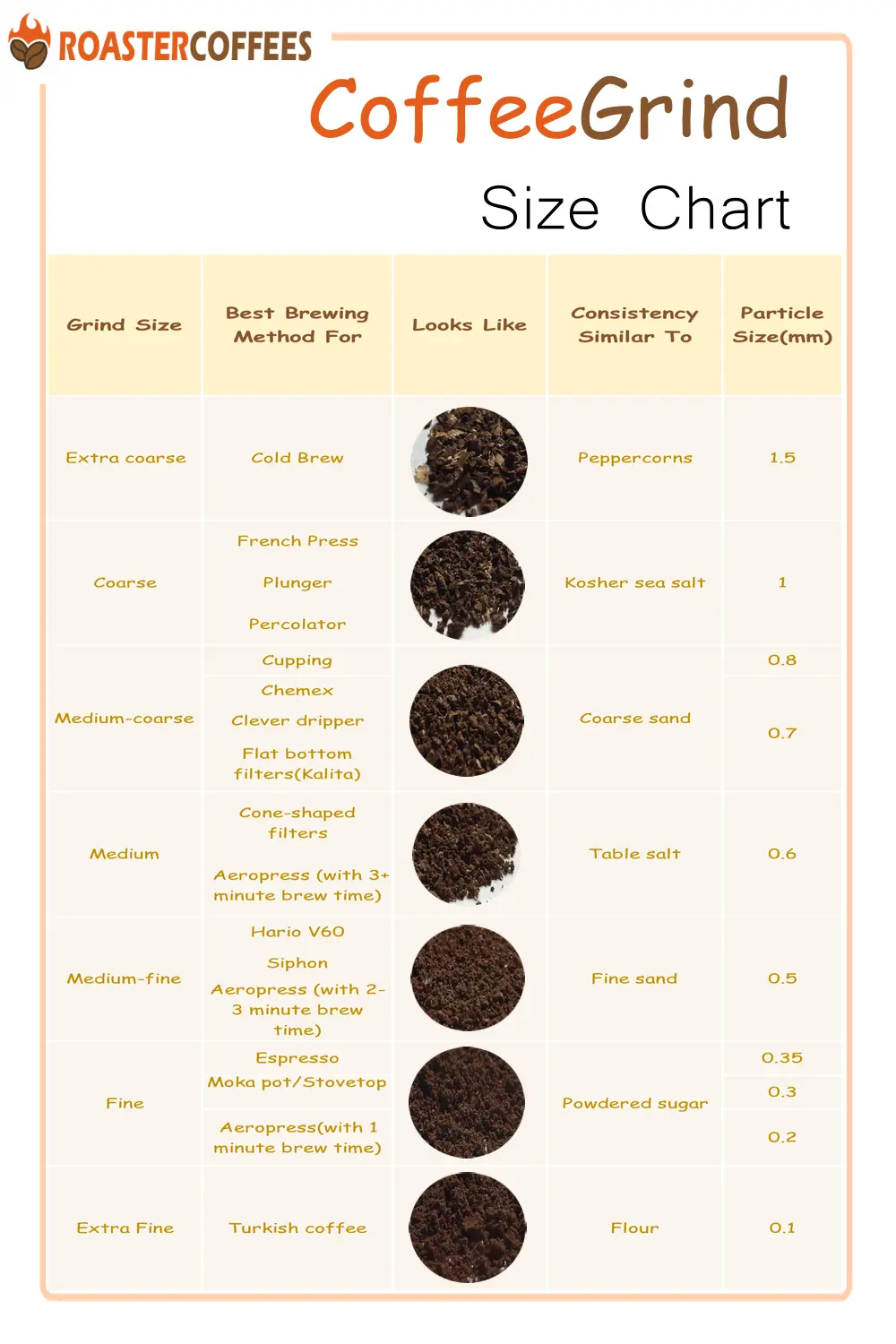The Intricate Process of Coffee Bean Processing: From Cherry to Cup
-
Days Remaining
416 -
Your Entries
0
The Intricate Process of Coffee Bean Processing: From Cherry to Cup
However, few people understand the complex journey that coffee beans undergo before they reach our cups. This essay will explore the intricate process of coffee bean processing, detailing the steps from the harvesting of coffee cherries to the final roasting of the beans.

1. Coffee Cultivation
a. Coffee Plant Varieties
The journey begins with the coffee plant, primarily consisting of two main species: Coffea Arabica and Coffea Canephora (Robusta). Arabica is known for its delicate flavors and lower caffeine content, thriving in higher altitudes. Robusta, on the other hand, is hardier and more resilient, yielding a stronger, more bitter cup. Each species requires specific climatic and environmental conditions, impacting its cultivation and eventual flavor profile.
b. Growing Conditions
Coffee plants prefer specific conditions for optimal growth:
Climate: Ideal temperatures range from 60°F to 70°F (15°C to 24°C). Coffee thrives in areas with consistent rainfall and well-defined dry seasons.
Altitude: Higher elevations contribute to slower growth, allowing beans to develop more complex flavors.
Soil Quality: Well-draining, nutrient-rich soils enhance the plants' health and flavor profiles.
c. Cultivation Practices
Farmers employ various cultivation practices, such as shade growing, to protect coffee plants from harsh sunlight and maintain soil moisture. Organic farming methods are increasingly popular, focusing on sustainable practices that enhance the quality of the beans and minimize environmental impact.
2. Harvesting Coffee Cherries
a. Harvesting Methods
Coffee cherries typically ripen over several months, leading to staggered harvests.
Selective Picking: Farmers handpick only the ripe cherries, ensuring higher quality. This labor-intensive method is common for Arabica coffee, which often grows in rugged terrain.
The same coffee processing method can significantly impact caffeine content, depending on how it’s applied. Wet processing, for example, generally yields coffee beans with a cleaner, brighter flavor, while retaining more caffeine. Dry processing, on the other hand, often results in beans with a fuller body and a slightly lower caffeine content due to the prolonged exposure to natural elements. Fermentation times, drying conditions, and bean handling can all affect how much caffeine is retained. While the processing method influences caffeine, the coffee species, roast level, and brewing technique also play a critical role in the final caffeine content. How to better distinguish the caffeine content of different coffees? Using a caffeine calculator is the best choice.
This method is faster and more commonly used for Robusta coffee, but it often results in lower quality.
b. Timing
Harvesting coffee at the right time is crucial. Ripe cherries are deep red and firm to the touch. Cherries that are picked too early or too late can negatively impact the flavor, resulting in sour or overly bitter coffee.
3. Processing Coffee Cherries
Once harvested, coffee cherries must be processed promptly to prevent spoilage. There are two primary methods of processing: wet processing and dry processing.
a. Wet Processing
Wet processing, also known as the washed process, involves several steps:
Fermentation: The beans are then placed in water tanks to ferment for 12 to 48 hours.
Washing: After fermentation, beans are washed to remove the mucilage. Clean beans float to the surface, while defective beans sink.
Drying: The washed beans are spread out on drying tables or patios to reduce moisture content to about 10-12%. This can take several days, and care must be taken to avoid over-drying.
b. Dry Processing
Dry processing, also known as the natural process, is simpler and less water-intensive:
Sun-Drying: Cherries are spread out in the sun to dry naturally, typically for several weeks. This method allows the cherries to ferment in their own sugars, imparting fruity flavors to the beans.
Hulling: Once dried, the outer layer is removed, leaving the green coffee beans. The quality of the beans can vary widely based on the drying conditions.
c. Comparison of Processing Methods
Wet processing tends to produce cleaner, brighter flavors with pronounced acidity, making it the preferred method for high-quality Arabica beans. Dry processing, while simpler, can result in fruitier and heavier-bodied coffees, popular in some regions.
4. Milling Coffee Beans
Once dried, the green coffee beans undergo milling, which involves several stages:
a. Hulling
Hulling removes any remaining layers from the coffee bean, including the parchment layer (for wet-processed beans) and the dried cherry flesh (for dry-processed beans).
b. Polishing
Polishing is an optional step where any remaining skin is removed to enhance the beans' appearance. However, this step can sometimes remove flavor, so it is often skipped for high-quality coffees.
c. Grading and Sorting
Beans are graded based on size, weight, and quality. This process can be done manually or mechanically, and defects are removed to ensure only the best beans are selected for roasting.
5. Exporting Green Coffee Beans
After milling, green coffee beans are packed into burlap or jute bags for export. The beans are then shipped to various destinations worldwide, where they will undergo roasting. The shipping process requires careful handling to avoid exposure to moisture, which can lead to mold growth and spoilage.
a. Quality Control
Before export, quality control measures are taken to ensure the beans meet specific standards. This can include sensory evaluation, where trained tasters assess the coffee for flavor, aroma, and acidity.
b. Certification
Many coffee producers seek certification, such as Fair Trade or organic, to appeal to ethical consumers. Certification processes involve strict adherence to sustainability and quality standards, adding value to the beans.
6. Roasting Coffee Beans
a. The Roasting Process
Roasting is where the transformation of green coffee beans into the aromatic, flavorful beans we recognize begins. The roasting process involves several stages:
Drying Phase: The beans lose moisture and begin to heat up. This phase is crucial for preparing the beans for the Maillard reaction.
Maillard Reaction: As the beans continue to heat, they undergo the Maillard reaction, where sugars and amino acids react, creating complex flavors and aromas.
First Crack: As the beans expand and release steam, they make a cracking sound. This is a critical moment, indicating that the beans have reached a light roast level.
Development Time: Roasters can choose to stop the roast at this point for a light roast or continue roasting through the second crack for medium to dark roasts. The longer the beans roast, the darker and more robust the flavor will be.
b. Cooling
This can be done using air cooling or water quenching.
c. Resting
After roasting, coffee beans need time to rest, allowing gases to escape and flavors to stabilize. A resting period of 24 to 72 hours is ideal before the beans are packaged.
7. Brewing Coffee
a. Grinding
The final step in the journey from cherry to cup is brewing. Grinding the roasted beans immediately before brewing helps preserve freshness and flavor. The grind size should match the brewing method: coarse for French press, medium for drip, and fine for espresso.
b. Brewing Techniques
Different brewing methods extract flavors differently, impacting the final taste:
Drip Coffee: This method relies on gravity to extract flavors. It is convenient for brewing larger quantities.
Espresso: High pressure forces hot water through finely ground coffee, resulting in a concentrated and rich flavor.
Pour-Over: This manual method allows for precise control over water flow and extraction time, resulting in a clean and flavorful cup.
French Press: Immersion brewing allows for a full-bodied flavor as coffee grounds steep in water.
c. Quality of Water
Filtered water with balanced minerals enhances the flavor and aroma of the coffee.
8. The Impact of Processing on Flavor
a. Flavor Development
The processing methods significantly impact the flavor profile of coffee. Wet-processed coffees often exhibit bright acidity and fruity notes, while dry-processed coffees tend to be heavier and more complex, with pronounced sweetness.
b. Origin and Terroir
The region where coffee is grown also influences flavor. Factors such as altitude, soil composition, and climate conditions contribute to the unique characteristics of each coffee variety.
c. Sustainability and Ethics
Sustainable practices in coffee processing and cultivation are increasingly important. Ethical sourcing and environmentally friendly methods not only contribute to the quality of the coffee but also support local communities and ecosystems.
9. Conclusion
The intricate process of coffee bean processing involves a series of carefully executed steps that transform coffee cherries into the aromatic beverage enjoyed worldwide. From the careful cultivation of coffee plants to the meticulous processing, milling, roasting, and brewing, each stage significantly impacts the final flavor profile and quality of the coffee.
As consumers, understanding this journey allows us to appreciate the complexity and craftsmanship involved in every cup of coffee. By choosing high-quality beans and supporting sustainable practices, we can contribute to a more ethical coffee industry while enjoying the rich and diverse flavors that coffee has to offer. The next time you savor a cup, take a moment to reflect on the remarkable journey that brought it to your table.
References:
The Allure of Affogato: A Deep Dive into the Coffee Dessert Experience
The Effects of Coffee Processing Methods on Chemistry and Flavor


